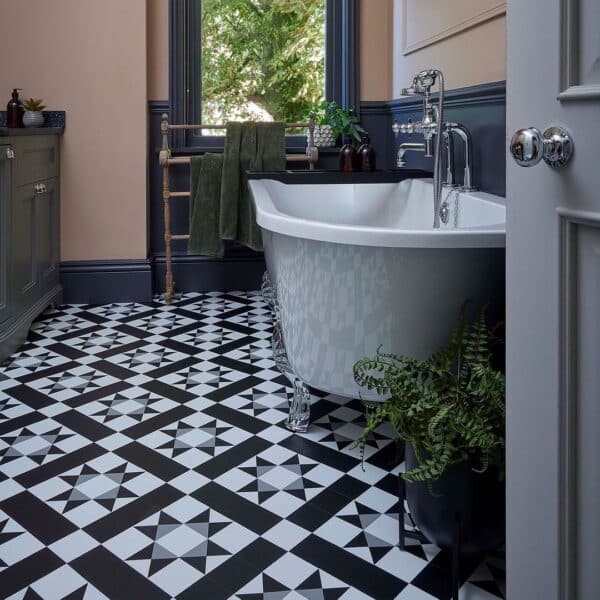
Nov 14, 2024
5 min read
The Best Flooring for Bathrooms
Looking to renovate your bathroom? Are you unsure of what flooring option would be best suited for this space? Here we explore the types of…
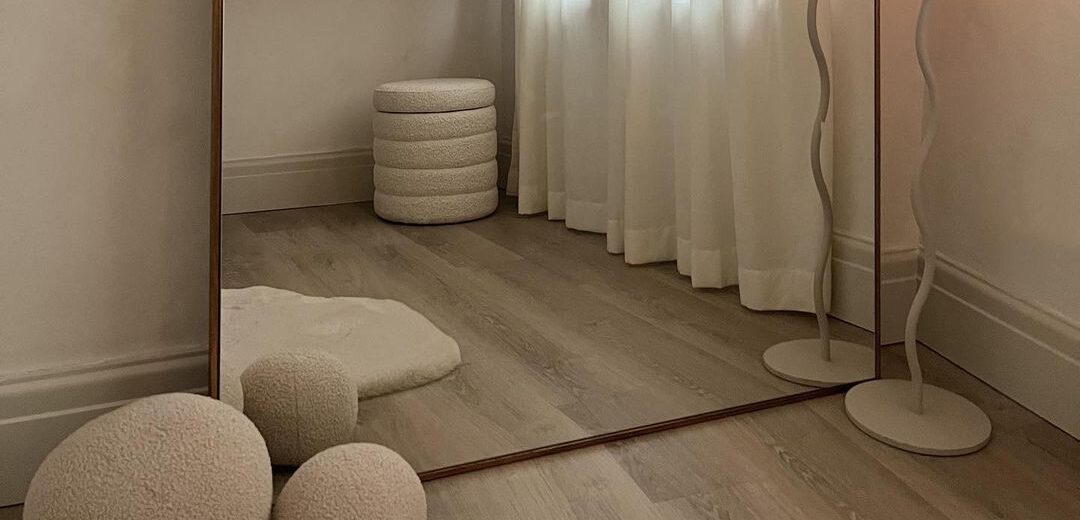
Sep 26, 2024
Stone Polymer Composite (SPC) is a high-grade type of luxury vinyl flooring (LVT) featuring a rigid core of stone powder and polymer.
This gives SPC added durability and soundproofing. Plus, with our industry-leading Uniclic tongue and groove design, our SPC products can be installed quickly and easily over most level hard floors.
If you are interested in finding out more about SPC flooring, we have compiled this handy SPC Flooring Buyer’s Guide to answer all your burning questions about SPC and make your decision-making process easier.
By now, many people will be familiar with LVT flooring. But, chances are, fewer will have heard about SPC flooring. So, what is the difference between LVT and SPC flooring, and which is better for you and your home?
Both SPC and LVT are popular flooring options, famed for their visual appeal, durability and water resistance. Technically, SPC is a type of LVT, which explains their similarities. However, there are some key differences.
SPC has a rigid core made from a mixture of stone powder and PVC. This provides exceptional durability, stability, and water resistance. LVT is 100% vinyl and, while it shares these characteristics, it is a more flexible option.
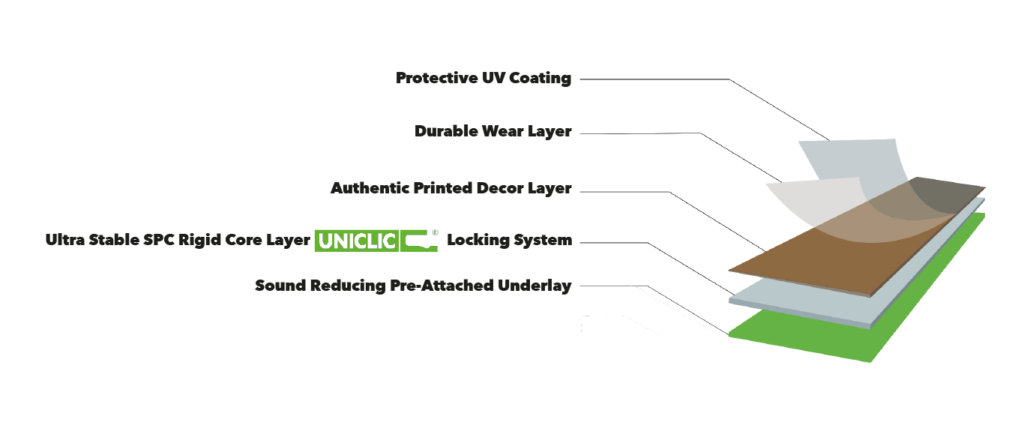
A major difference between LVT and SPC is the way they are installed. Traditional LVT is typically glued down, which requires a professional installation. SPC uses tongue and groove ‘click’ technology for a non-permanent, DIY-friendly alternative.
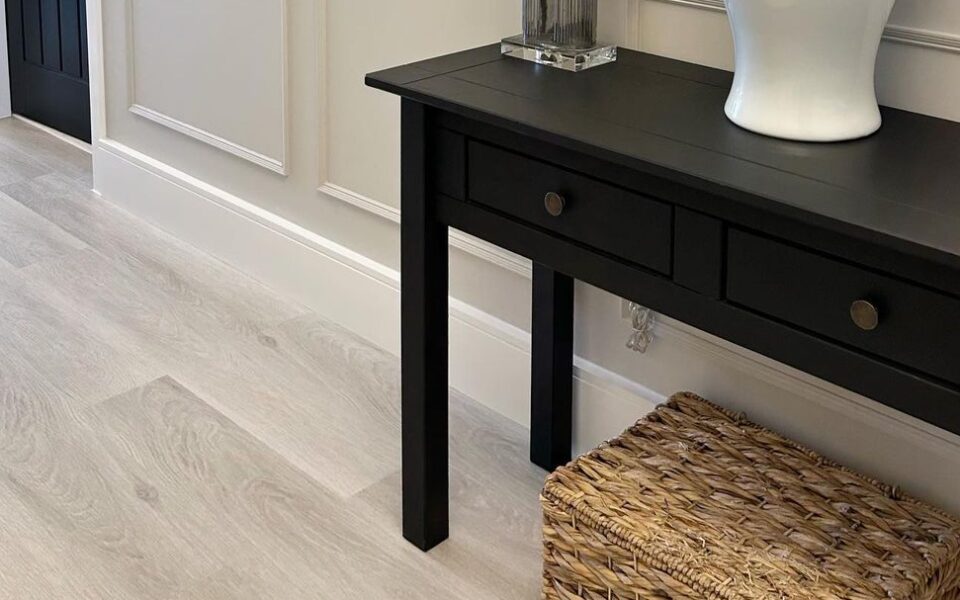
Due to its rigid core, SPC flooring often feels firmer underfoot than LVT. In fact, it is sometimes compared to ceramic tile in terms of hardness. With its vinyl core, LVT offers a slightly softer, more forgiving feel.
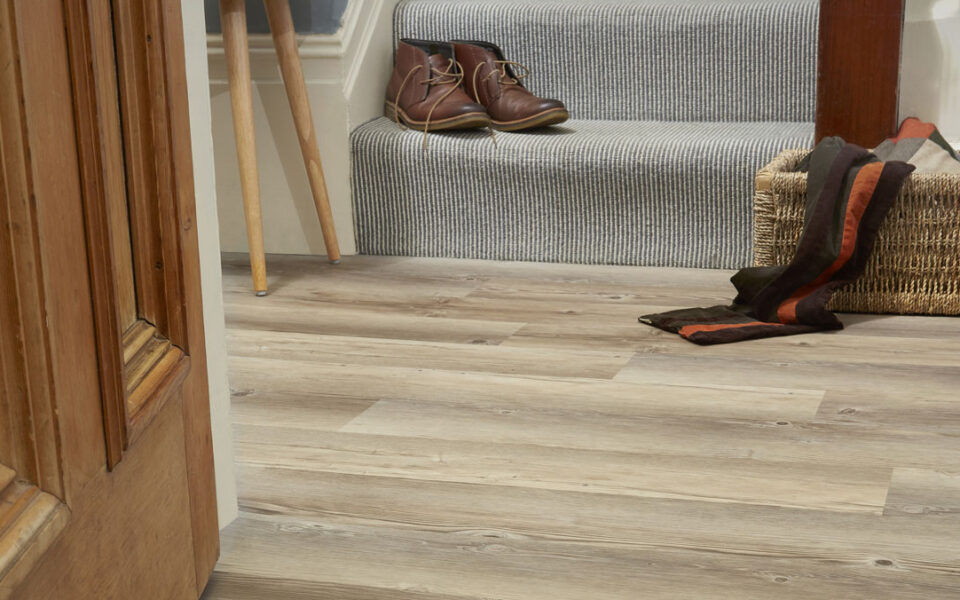
Known for its outstanding durability, SPC is highly resistant to scratches, dents, and impacts. This makes it an excellent choice for high-traffic areas. LVT is also durable, but not quite as resistant to dents and heavy impacts.
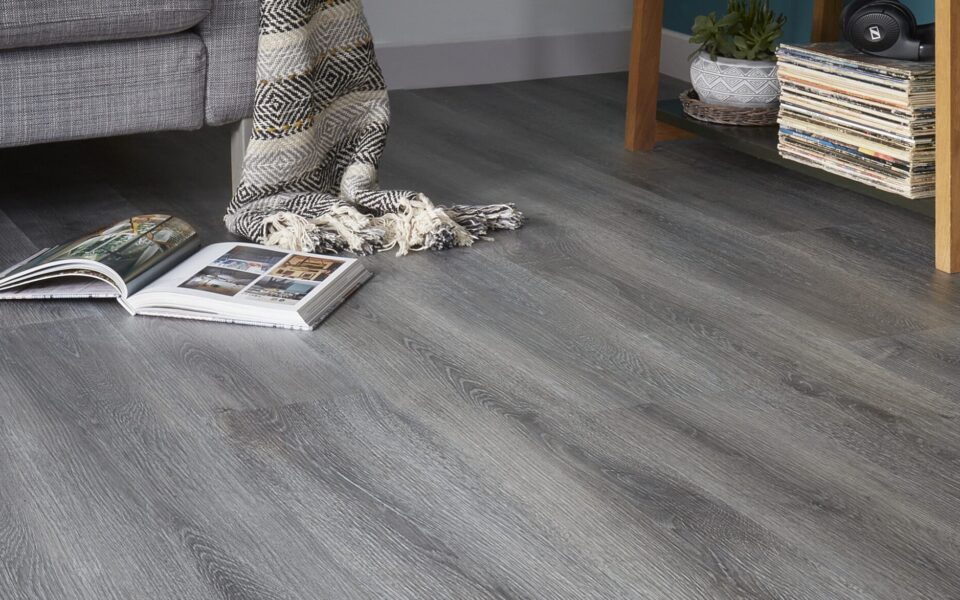
Rigid core SPC is generally slightly more expensive than glue down LVT simply because of the materials and technology used in its construction. LVT offers a wider price range, with options to suit various budgets.
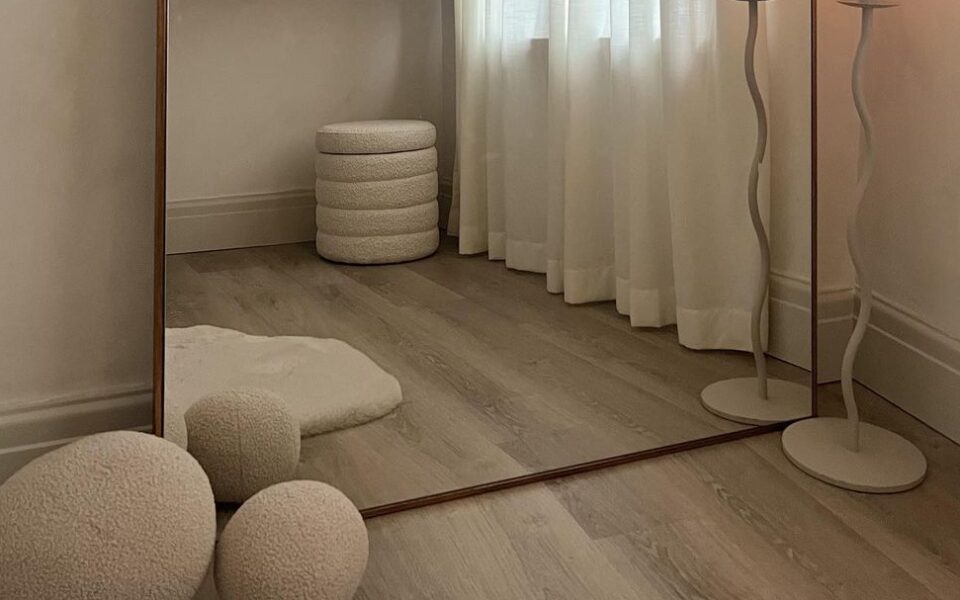
As we mentioned earlier, one of the standout features of SPC flooring is that the click-lock design ensures that DIY enthusiasts can carry out a successful installation. Having said that, if you are in any doubt, call in the experts.
If you have the right tools and attitude, a beautiful new SPC floor is well within your grasp. To help you along the way, here are some installation tips to help you achieve a professional looking finish that stands the test of time.
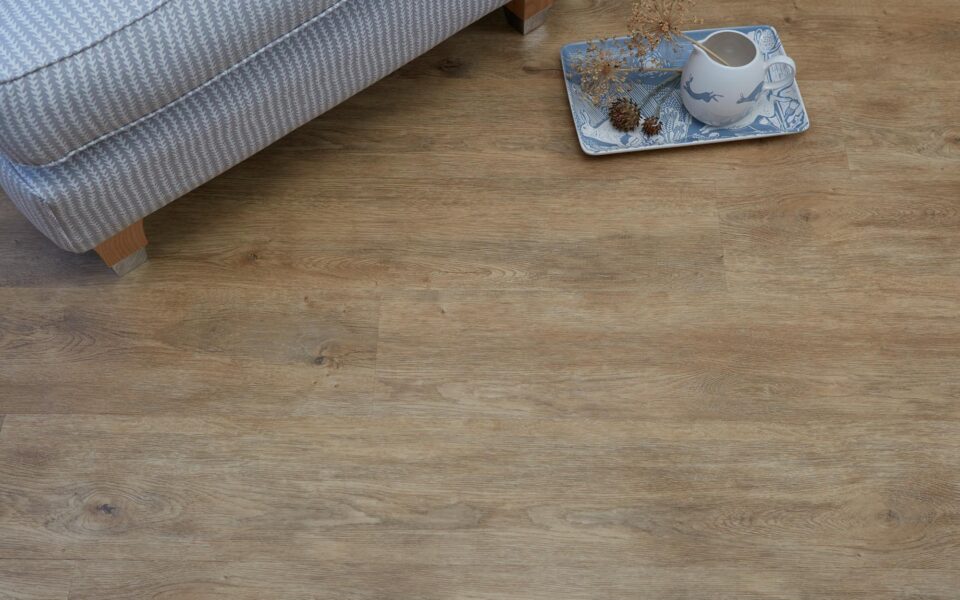
* Levels must not deviate more than 2mm over a 1m distance or 1mm over a 20cm distance.
Just like any other LVT, SPC flooring is easy to maintain and clean. It’s a simple case of removing loose dirt and debris regularly with a vacuum or soft brush.
Then, for a deeper clean (once a week is plenty), use a damp mop with a mild, pH-neutral cleaner specifically designed for SPC flooring. We highly recommend Dr Schutz products.
Remember to wring out your mop to prevent water damage and avoid harsh chemicals ( like bleach), which can damage your SPC flooring.
After mopping, rinse the floor with clean water to remove any cleaning residue and allow it to dry completely before replacing furniture. Be sure to wipe up spills immediately with a damp cloth.
If you would like to install SPC flooring from the J2 Flooring range, visit one of our specialist retailers across the UK for expert guidance and inspiration.
Whether you are looking for contemporary or traditional flooring, our J2 Flooring stockists can help with everything from design ideas to installation and maintenance advice.
Use our room visualiser tool to upload a photo of your room to see how it might look with your SPC of choice. Order up to four free samples today to experience the quality, texture and visual appeal of J2 SPC flooring.
Then find your nearest retailer to get a detailed quote for your project and purchase your beautiful new SPC flooring.